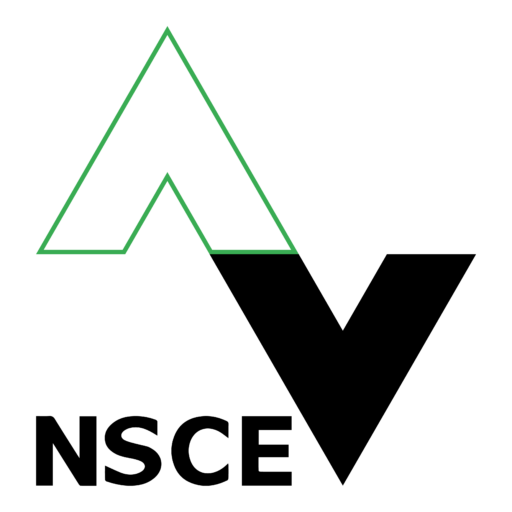Project Design for Yemen
Description
The Vocational Literacy Program (VOLIP) is one of the flagship programs of the ISFD, approved in 2008, that was developed to realize the mandate of the Bank to alleviate poverty by reducing unemployment, eliminating illiteracy and building capacities in member countries. As a pro-poor initiative, VOLIP Program aims to address two major sources of poverty simultaneously: a gap in knowledge and education and a gap in access to financial services. The VOLIP Program covers six IsDB MCs: Senegal, Chad, Tajikistan, Tunisia, Yemen, and Mauritania, and has been approved for US$ 32.62 million IsDB financing annually.
Within the framework of the Islamic Development Bank (IsDB) to emphasise poverty reduction in Yemen, standing as one of the poorest countries in the Islamic world, the assignment was to design the project document of the Vocational Literacy Program (VOLIP).
The objective of the assignment is to develop documents for a five-years program and pilot phase to be implemented in Yemen within the framework of the flagship. The main objective of the program is to reduce poverty especially among women and rural populations.
The proposed mechanism of the program is to provide the beneficiaries with the relevant functional literacy competencies, skills, and access to microfinance schemes.
Services
Situation Analysis
- Collect, classify and analyse the relevant data available in different sources identifying the current situation in the targeted areas (including all the indicators representing the concerned issues, but not limited to, types of schools, ration of leakage, national census, economic structure, microfinance organisations, working women related information and employment situation in Yemen)
- Conduct intensive meetings and field visits with the partners and the governmental authorities to discuss the program development methodology and financing.
- Assure common understanding of the development steps and the related financial issues.
Problem Analysis Workshops
- Conduct two participatory workshops, one day for each, in two different cities with the participation of the relevant stakeholders to analyse the general working environment in each and to identify the relevant problems affecting the main concerned issues (poverty, literacy and employment) and their relationships in terms of regulations, restrictions, policies, rules support and positive influences.
- Focus on the organisational aspects that related to the main topics.
- Define the stakeholders during the preparation phase in cooperation with the governmental partners in Yemen.
Focus Group Discussions Analysis
- Out-of-school children (9 – 15 years age): This group is targeting two different types of school-age children. Those who are dropped out the schools and those who are never attended schools. A discussion session is conducted with both types to explore the main problems faced during the school time and the other related issues concerning the poverty and economic.
- Teenagers and Young Adult (16 – 24 years age): This group is targeted to discuss mainly the employment problems and its effects on them. This group is used to identify the common skills and competencies available for this age and the possible economic activities that could contribute in the economic development for the target groups.
- Women Workers: This group is targeted to identify their functional competencies and the problems faced their contribution in the labour market and to improve their life style
Strategic Option Workshop
- Conduct two-days strategic option workshop based on the outputs of the problem analysis workshops & the FGD analysis
- Conduct SWOT analysis: The SWOT analysis is a tool within a strategic option analysis process exercise to identify the existing strengths, weaknesses, opportunities and threats related to the successful implementation of the desired program.
- Develop Strategic Option Matrix: Strengths, weaknesses, opportunities and threats are matched in the strategic option matrix to reach a number of strategic alternatives from which a sorting and selection process will be done.
Program Development
- Utilize the above outputs for the development of the program documents
- Design five-year programme, formulating overall goal, objectives, and results in a Logical Framework including overall goal, objectives and results were formulated in logical framework (LF) with target beneficiaries and backed by statistics format to describe the program
- Development of pilot (first phase) project documents
- The program was designed and presented in several phases. The first phase project documents were developed and provided to start the process of initiating the program. The required estimated cost, time plan, and detailed proposed activities were developed and provided in the Logical Framework (LF) form.


